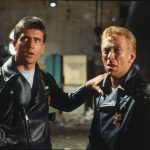The Lord of the Rings: The Two Towers (2002)
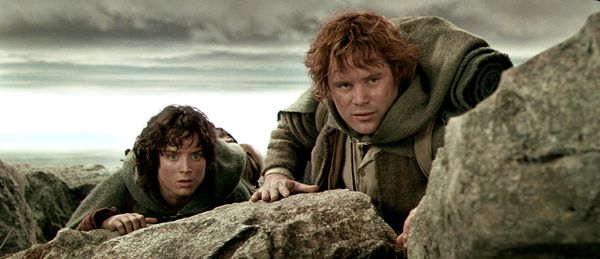
Suggested videos for you:
Fast X (2023)
The Return of the Bald Savior, Humanity’s Last Hope || Black Adam
“The Lord of the Rings: The Two Towers”: A Monumental Fantasy Journey Directed by Peter Jackson
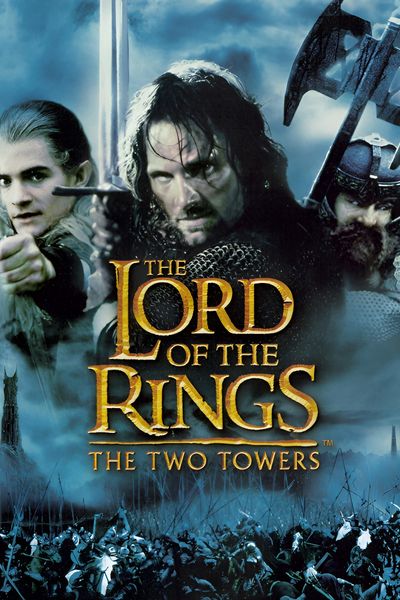
Released in 2002, “The Lord of the Rings: The Two Towers” is the second installment of Peter Jackson’s epic adaptation of J.R.R. Tolkien’s beloved literary trilogy. Following the critically acclaimed “The Fellowship of the Ring,” this film continues the grand saga of Middle-earth, blending breathtaking visuals, intricate storytelling, and powerful performances. With its exploration of friendship, courage, and the struggle between good and evil, “The Two Towers” solidifies its place as a cornerstone of modern fantasy cinema.
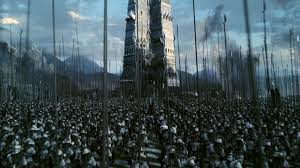
The narrative picks up where “The Fellowship of the Ring” left off, following the fragmented journey of its central characters. Frodo Baggins (Elijah Wood) and Samwise Gamgee (Sean Astin) continue their perilous quest to destroy the One Ring, enlisting the guidance of the enigmatic Gollum (Andy Serkis), who has his own motives tied to the Ring. Meanwhile, Aragorn (Viggo Mortensen), Legolas (Orlando Bloom), and Gimli (John Rhys-Davies) pursue the kidnapped Merry (Dominic Monaghan) and Pippin (Billy Boyd), leading them to the realm of Rohan, where they confront the treacherous Saruman (Christopher Lee) and his army of Uruk-hai.
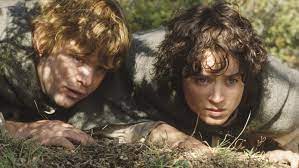
Peter Jackson’s direction is characterized by his masterful ability to balance epic action with profound emotional depth. The film’s cinematography, led by Andrew Lesnie, captures the majestic landscapes of New Zealand, which serve as the stunning backdrop for the unfolding drama. Jackson’s attention to detail is evident in the film’s elaborate set designs and special effects, creating a fully immersive experience that transports viewers into Tolkien’s fantastical world. The pacing deftly shifts between intense battle sequences and intimate character moments, allowing audiences to invest deeply in the characters’ journeys.

“The Two Towers” is primarily classified as a fantasy adventure, but it also incorporates elements of action, drama, and epic storytelling. The film explores themes of friendship, loyalty, and the moral complexities of leadership. As the characters grapple with their fears and desires, the narrative highlights the importance of unity in the face of overwhelming darkness. The portrayal of Gollum’s internal struggle adds emotional nuance, emphasizing the destructive nature of the Ring and the toll it takes on those who seek it.
Elijah Wood delivers a heartfelt performance as Frodo, capturing the character’s growing burden and determination. Sean Astin shines as Samwise, embodying the steadfast loyalty and bravery that define friendship. Andy Serkis’s motion-capture portrayal of Gollum is a groundbreaking achievement, providing a complex and tragic antagonist whose duality becomes central to the story. The supporting cast, including Viggo Mortensen, Orlando Bloom, and Cate Blanchett, enriches the narrative with their performances, bringing depth to the epic struggle against evil.
Upon its release, “The Two Towers” received widespread acclaim from critics and audiences alike, praised for its ambitious scope, technical achievements, and emotional resonance. It was nominated for several Academy Awards, winning two for Best Sound Editing and Best Visual Effects. The film’s success further cemented the “Lord of the Rings” trilogy as a landmark achievement in cinematic history.
In conclusion, “The Lord of the Rings: The Two Towers” is a monumental fantasy adventure that continues the epic tale of Middle-earth with skill and heart. Directed by Peter Jackson, the film masterfully combines stunning visuals with rich character development and thematic depth. Through its exploration of friendship, sacrifice, and the battle between good and evil, “The Two Towers” captivates audiences and reinforces the timeless appeal of Tolkien’s narrative, ensuring its legacy as a defining work in the realm of fantasy cinema.







